Illustrators share the art of making comics in Apple workshop series
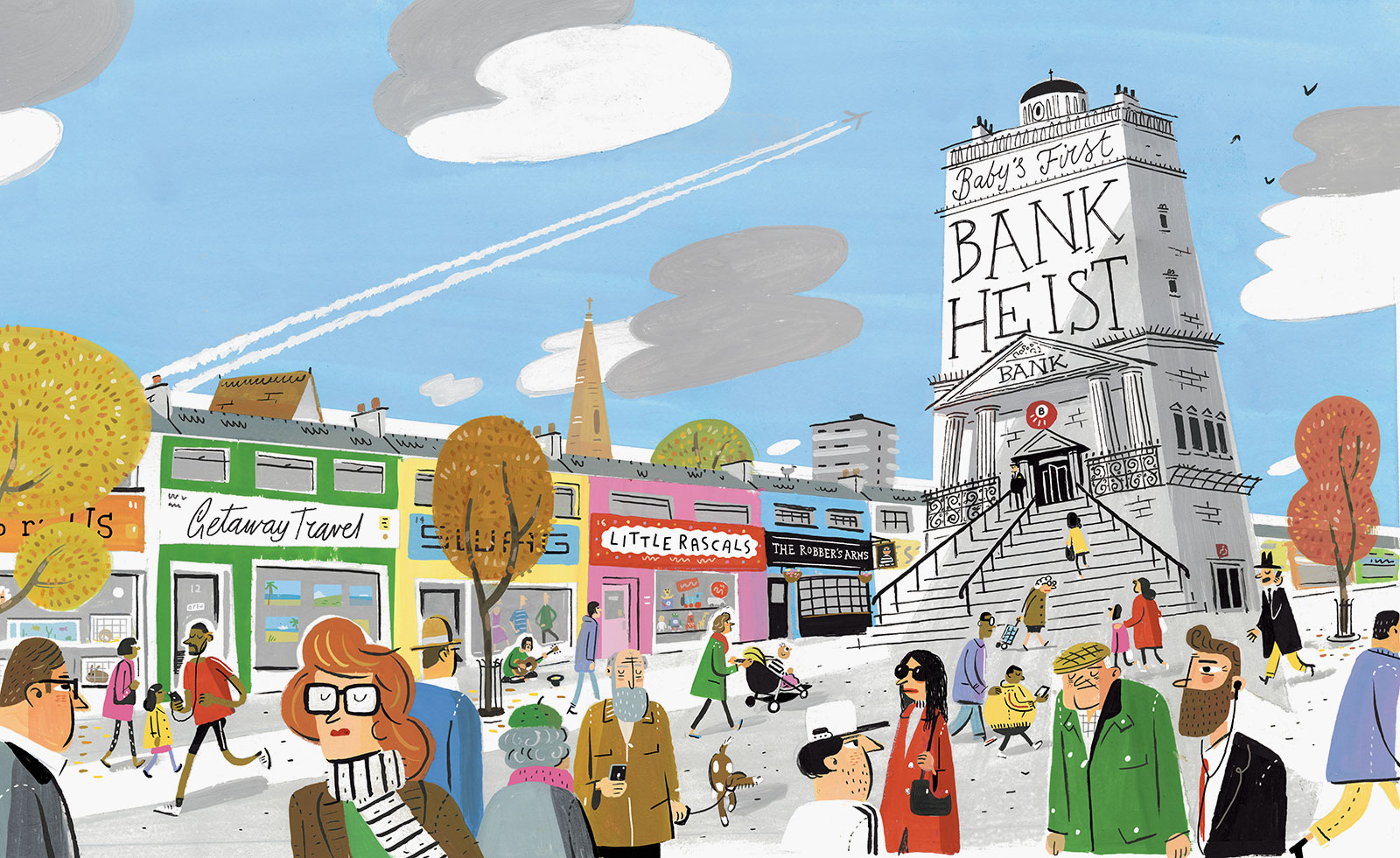
Ever wondered what exactly goes through the weird and wonderful mind of a comic illustrator? Throughout April, visitors to Apple’s Regent Street flagship in London can explore a new theme in comic book illustration, from storyboarding, to character creation, lettering and composition.
During the Comic Art Series sessions, participants will have the chance to lay a three-frame strip of their own, using an iPad Pro and Pencil. The sessions have so far been led by illustrators Sam Taylor, Dan Woodger, and Stephen Collins, while Ruby Elliot will guide the final session, taking place on Monday 30 April (free registration here).
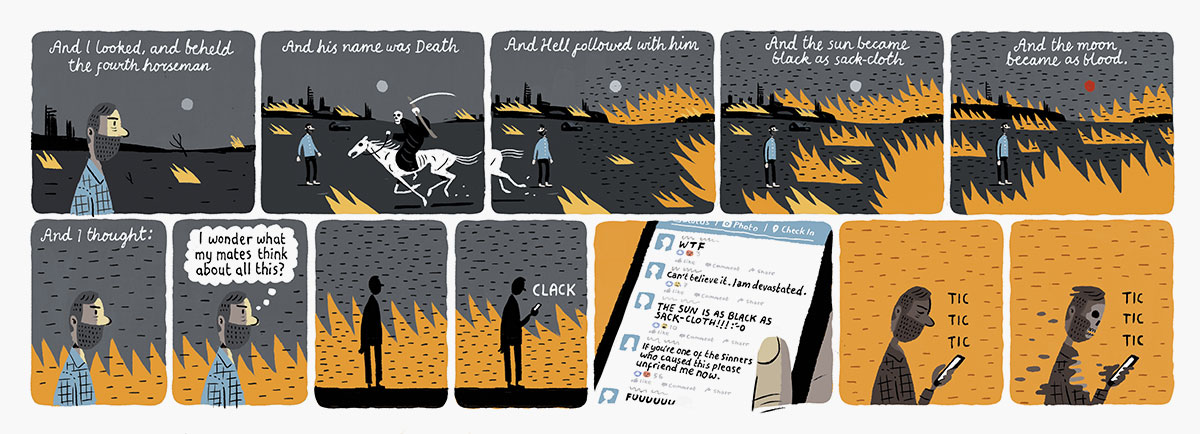
Armageddon, by Stephen Collins
The comic illustration workshops are part of Today at Apple, an initiative of free educational sessions offered in all 502 Apple stores across the globe, including photography, video, art and design, music, coding, and more. The hands-on sessions are led by experts and highly-trained team members, covering everything from the basics to professional-level programmes.
We caught up with illustrator Stephen Collins to find out more about his creative process and approach to digital creation...
W*: How long have you been involved in design?
SC: I’ve been an illustrator for 15 years and making comics for about 10.
W*: What does the iPad Pro allow you to do that traditional tools didn’t allow?
SC: Weirdly it’s actually a kind of return to more traditional techniques – typically in recent years most illustrators have performed at least part of their process by drawing on a Wacom tablet on a desk, while keeping their eyes fixed on a screen above the tablet. That’s always been quite an unnatural drawing experience, whereas integrated tablet computers are much more like drawing on paper, because you see the lines appear beneath the pen as you draw.
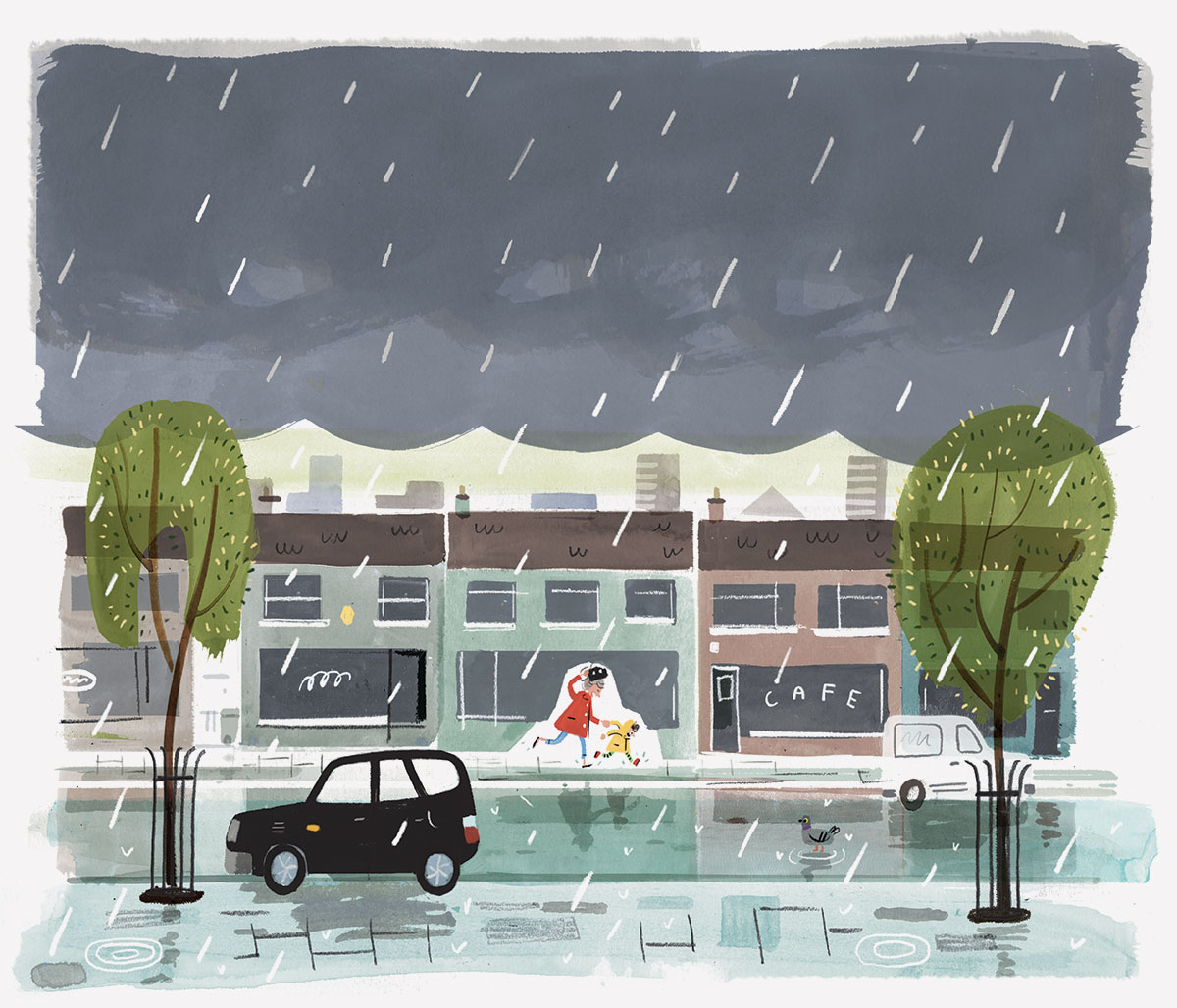
Grandkids, by Stephen Collins
W*: How does iPad Pro help your practice?
SC: It’s a very useful addition to my workflow - it can’t quite replace full Photoshop on a desktop yet but I use it to add finish details once I’ve tamed the layers down a bit. It’s also very handy for doing the detail work on the graphic novel I’m working on.
W*: Any tips or tricks for creating comic book design or characters on iPad Pro?
SC: You need to just play around with it to find how you can do your own thing on one of these devices. You’ll probably want to think small at first rather than just decide to do a big graphic novel on it, but once you’ve got the hang of how it can work for you it can be a really useful tool.
W*: Any favourite apps to help creation?
SC: I mostly use Procreate to do finishing details on the artwork, but I’ve just got the Clip Studio app – more familiarly known by its old name Manga Studio – and that seems very good. It’s designed to make comics on the iPad Pro alone, without recourse to a larger computer, so it’s the closest thing you have to a full-scale desktop app.

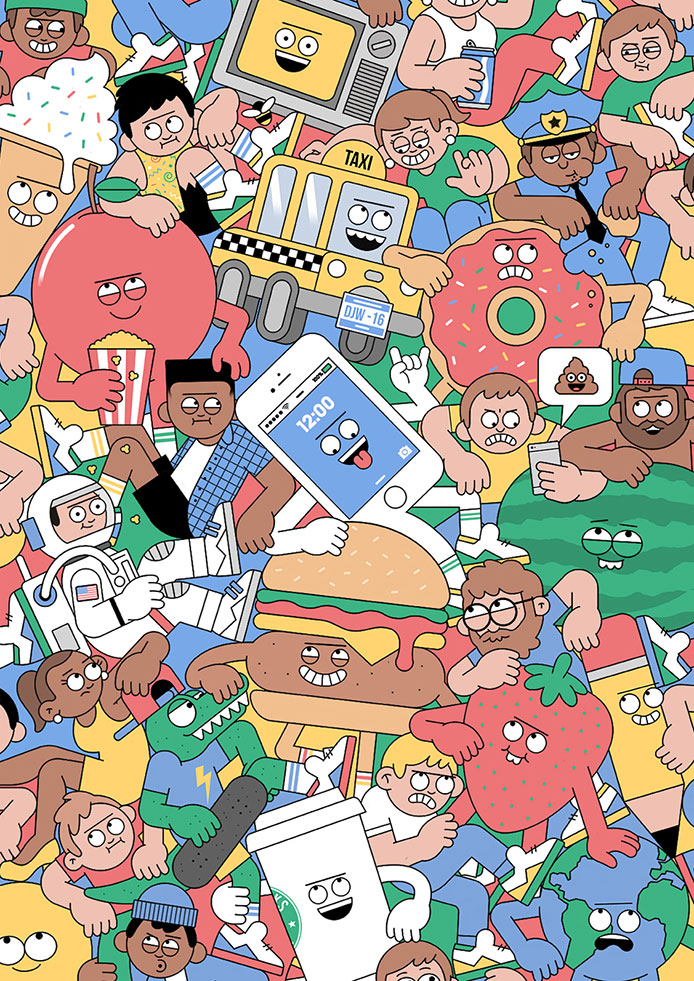
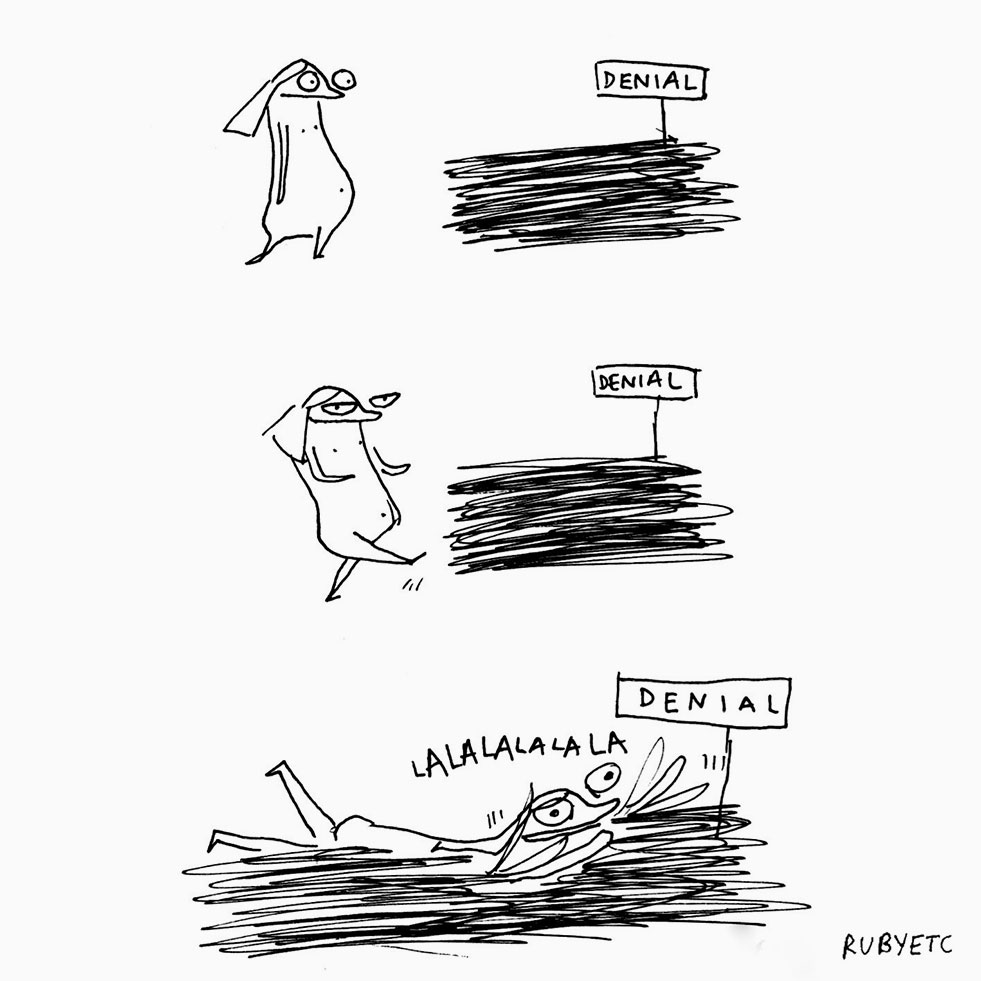
INFORMATION
Sign up for the next Live Art session with Ruby Elliot, taking place at Apple’s Regent Street store in London on 30 April, 6.30pm-8.30pm. For more information, visit the Today at Apple website.
ADDRESS
Apple
235 Regent Street
London W1B 2EL
Receive our daily digest of inspiration, escapism and design stories from around the world direct to your inbox.
-
 The Bombardier Global 8000 flies faster and higher to make the most of your time in the air
The Bombardier Global 8000 flies faster and higher to make the most of your time in the airA wellness machine with wings: Bombardier’s new Global 8000 isn’t quite a spa in the sky, but the Canadian manufacturer reckons its flagship business jet will give your health a boost
-
 A former fisherman’s cottage in Brittany is transformed by a new timber extension
A former fisherman’s cottage in Brittany is transformed by a new timber extensionParis-based architects A-platz have woven new elements into the stone fabric of this traditional Breton cottage
-
 New York's members-only boom shows no sign of stopping – and it's about to get even more niche
New York's members-only boom shows no sign of stopping – and it's about to get even more nicheFrom bathing clubs to listening bars, gatekeeping is back in a big way. Here's what's driving the wave of exclusivity
-
 Inside the seductive and mischievous relationship between Paul Thek and Peter Hujar
Inside the seductive and mischievous relationship between Paul Thek and Peter HujarUntil now, little has been known about the deep friendship between artist Thek and photographer Hujar, something set to change with the release of their previously unpublished letters and photographs
-
 Nadia Lee Cohen distils a distant American memory into an unflinching new photo book
Nadia Lee Cohen distils a distant American memory into an unflinching new photo book‘Holy Ohio’ documents the British photographer and filmmaker’s personal journey as she reconnects with distant family and her earliest American memories
-
 Out of office: The Wallpaper* editors’ picks of the week
Out of office: The Wallpaper* editors’ picks of the weekThe rain is falling, the nights are closing in, and it’s still a bit too early to get excited for Christmas, but this week, the Wallpaper* team brought warmth to the gloom with cosy interiors, good books, and a Hebridean dram
-
 Inside Davé, Polaroids from a little-known Paris hotspot where the A-list played
Inside Davé, Polaroids from a little-known Paris hotspot where the A-list playedChinese restaurant Davé drew in A-list celebrities for three decades. What happened behind closed doors? A new book of Polaroids looks back
-
 Inside the process of creating the one-of-a-kind book edition gifted to the Booker Prize shortlisted authors
Inside the process of creating the one-of-a-kind book edition gifted to the Booker Prize shortlisted authorsFor over 30 years each work on the Booker Prize shortlist are assigned an artisan bookbinder to produce a one-off edition for the author. We meet one of the artists behind this year’s creations
-
 Out of office: The Wallpaper* editors’ picks of the week
Out of office: The Wallpaper* editors’ picks of the weekThis week, the Wallpaper* editors curated a diverse mix of experiences, from meeting diamond entrepreneurs and exploring perfume exhibitions to indulging in the the spectacle of a Middle Eastern Christmas
-
 14 of the best new books for music buffs
14 of the best new books for music buffsFrom music-making tech to NME cover stars, portable turntables and the story behind industry legends – new books about the culture and craft of recorded sound
-
 Jamel Shabazz’s photographs are a love letter to Prospect Park
Jamel Shabazz’s photographs are a love letter to Prospect ParkIn a new book, ‘Prospect Park: Photographs of a Brooklyn Oasis, 1980 to 2025’, Jamel Shabazz discovers a warmer side of human nature